Step Lively
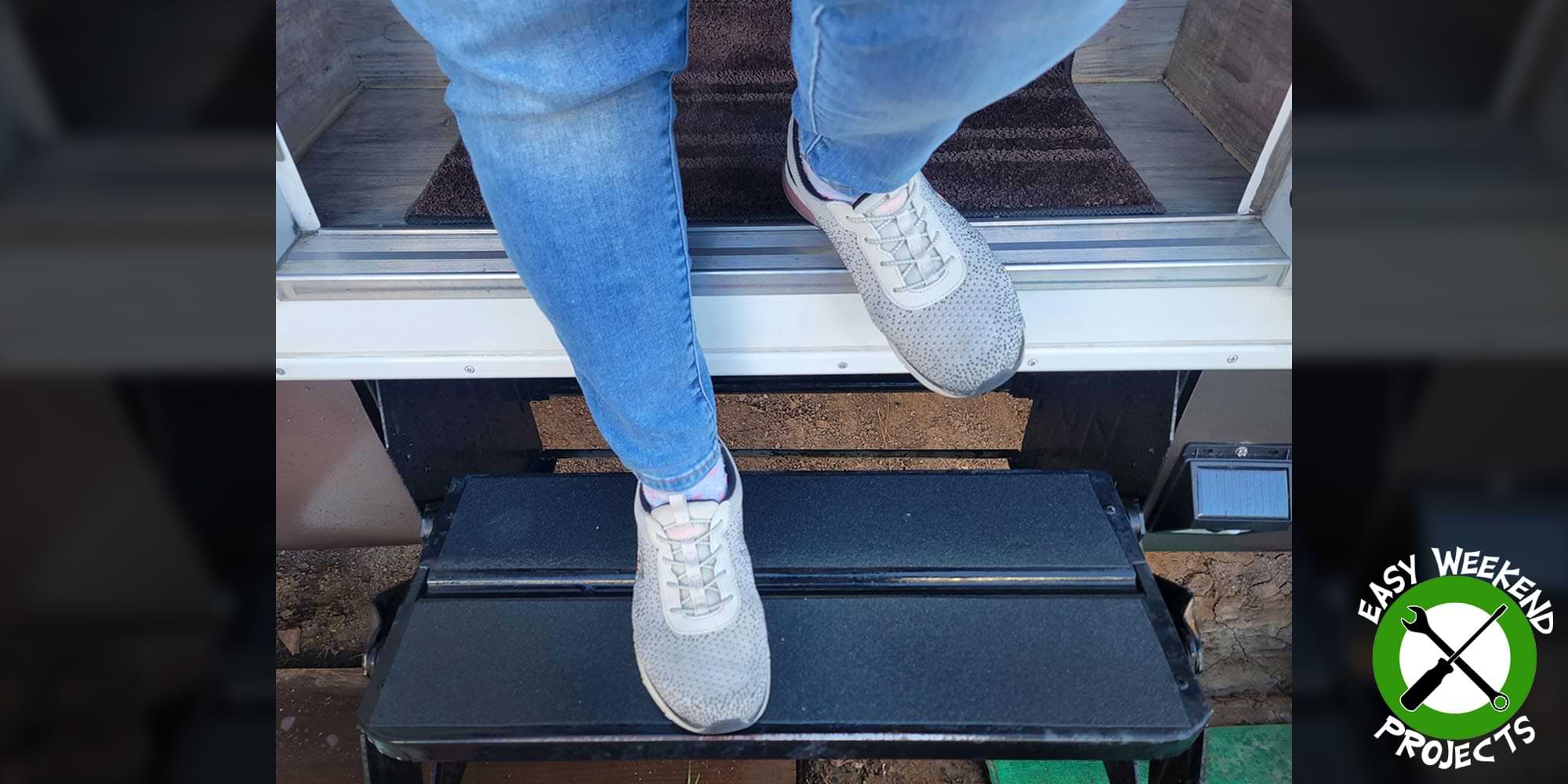
RV entry steps, whether on a towable or motorized RV, take a beating on a daily basis. Making sure they are in good working order and provide solid footing is paramount.
The second part of keeping your steps in good working order is to make sure the rungs have enough traction to maintain a solid foothold, especially in wet conditions. As part of any regular maintenance program, it’s important to make sure the anti-slip material is not worn out and/or peeling away. For those steps without slip protection, a stick-on product can be found on Amazon and at home-improvement stores for this purpose (more on this later).
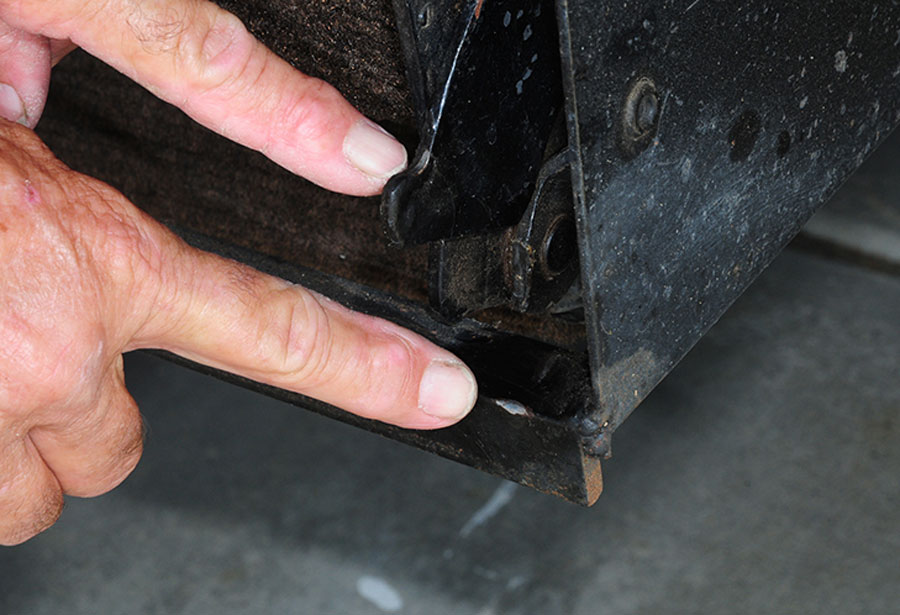
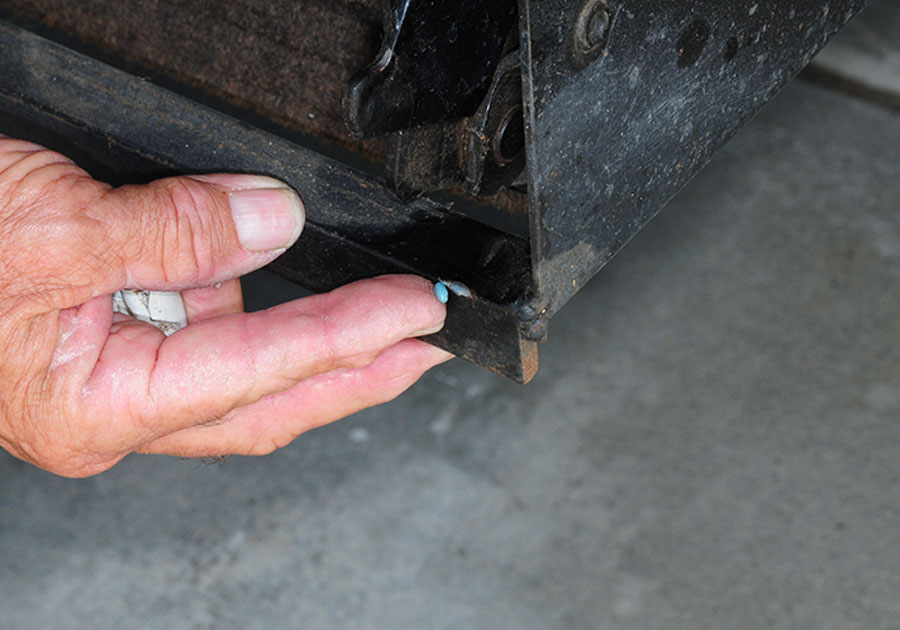
All entry steps have moving parts, even one-piece assemblies that fold up into the doorway of an RV. Moving parts that are not lubricated periodically will eventually cease to move freely and typically wear out before their time. Electric steps used on most motorhomes also require lubrication. For these steps, it’s necessary to lubricate the linkage and the gearbox, because the motor senses overload if the steps are binding. Over time this overload may stop the steps from extending all the way or prevent them from retracting.
Basic folding steps that have been used on travel trailers and fifth wheels for many years have anywhere between 15 to 20 lubrication points. Do not use grease or heavy oils to lubricate the joints as they will attract dirt that may cause binding. A light, dry type of oil works well; one of my favorites is Tri-Flow Superior Lubricant with PTFE. This goes on lightly, dries almost completely and removes dirt and corrosion — and it remains in place for a long period of time. The drip bottle has a plastic straw that allows the user to direct the lubricant with control. Lubricate every joint and work the step in and out several times — then repeat this process again and allow the lubricated points to dry. Tri-Flow Superior Lubricant sells for $6.90 on Amazon and is available at hardware stores and Walmart.
The one-piece step assemblies that fold into the doorway do not require much lubrication, but the leveling legs that telescope in-and-out it should be protected with a dry lube to assure smooth action and, again, to prevent the collection of dust and dirt. The locations where these steps are attached to the inside of the trailer may also need a little bit of grease to prevent wear.
Electric motorhome steps have very few lubrication points because they have fewer joints than those found on trailer and fifth wheel steps. Use the same type of light oil and lubricate every point that pivots. Crawl under the motorhome to inspect the side of the step (do not get in the step’s path in case it folds up unexpectedly). Have someone open and close the motorhome’s door in order to locate the lubrication points in the motor linkage. Use the same light oil that will dry in place for these joints. Check with your owner’s manual to determine if the gearbox needs to be disassembled and re-greased; this grease can dry over a period of time. While you’re under the motorhome, inspect the wiring for any loose or corroded connections.
Whether you have a travel trailer, fifth wheel or motorhome, crawl underneath on the side of the step and have somebody put some weight and bounce slightly on the lower step while you watch the floor or the support to make sure it is not compromised. You will see a lot of movement if there is an issue. If any of the joints or pivot points look abnormal or stressed, replace the steps. Step failure can cause bodily injury.
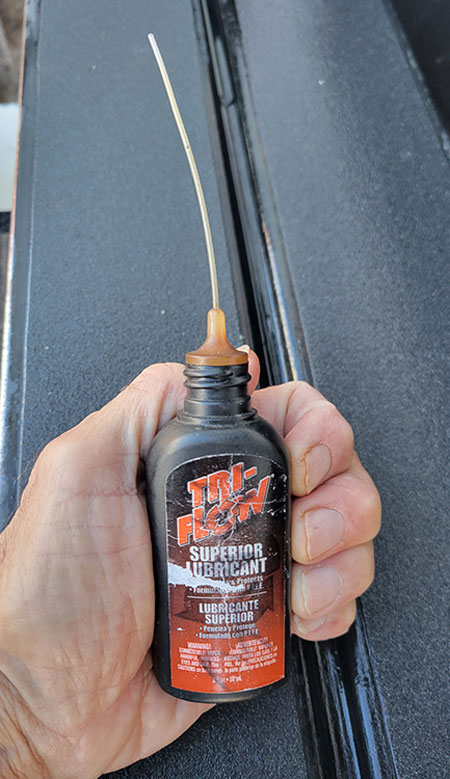
Tri-Flow Superior Lubricant is an excellent product for removing dirt and corrosion and restoring a smooth mechanism for opening and closing the entry steps.
Most RV steps are covered with a non-skid material, which prevents accidental slips in wet conditions. Unfortunately, this material does not last forever and should be inspected annually and replaced when pieces are missing or the surface (grit) is worn out. You can purchase this type of material at hardware stores or online. While there are a number of such products readily available in 4- to 6-inch rolls, we experimented with Skateboard Grip Tape that comes in 11- x 44-inch sheets. The application here is unconventional, but skateboard riders need superior “stickiness” so we figured this stuff would work — and it exceeded our expectations. The Skateboard Grip Tape sheets are available on Amazon for $12.99.
Before replacing the non-skid material, remove all the old pieces — including the glue that’s stuck to the metal. This can be accomplished with a metal scraping tool. Now is also a good time to clean the entire step assembly and paint it to prevent rust and restore its finish. Once the old tape is removed, clean the step surface with alcohol. The grip sheets were cut into 4- x 23-inch strips, which fit perfectly on the steps; two strips were placed on each step. The adhesive stuck well and after months of heavy use there are no signs of lifting or wear — and the grip provides a very positive foothold.
Better Support
If your RV is older than a couple of years, chances are it didn’t come factory-equipped with the latest generation of entry steps which extend fully to the ground for maximum support. For steps designed to extend and “hang” with the first step above the ground, adding a support under the bottom rung will provide additional stability and extend the life of the steps. There are a number of these supports on the market, usually using threaded rods and a metal pad. Some people even make their own out of wood.
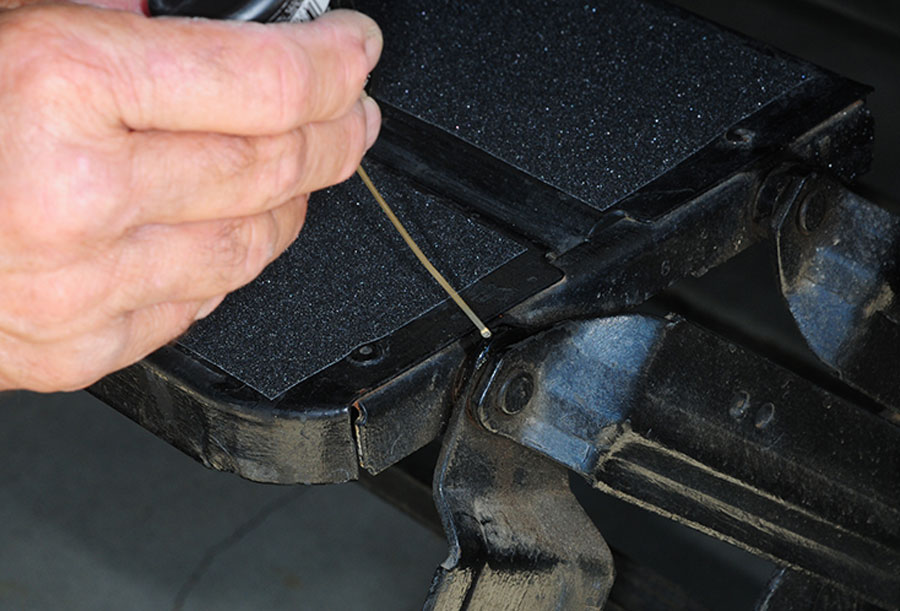
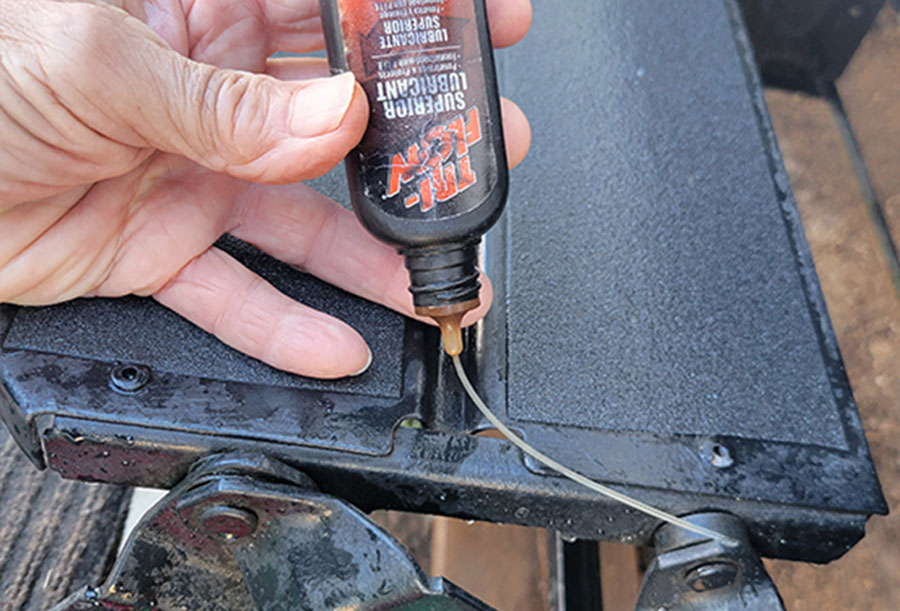
One of the best supports we’ve seen of late is the Solid Stance Step Stabilizer Kit from Lippert (https://store.lci1.com). It attaches permanently to the bottom rung and has two adjustable legs that can be set at four angles. It extends 5 to 14 inches and offers strong support for an undulating ground. The step stabilizer, which retails for $42.95, can be folded up quickly before storing for travel. We’ve been using the old-style support with the threaded rod and pad — which has served us well — but after checking out the Solid Stance, one will be installed on the test fifth wheel in the near future.
Entry steps are arguably the most heavily used component on an RV and keeping them in good working order — which is not that hard to achieve — is critical to safe footing and accident prevention.
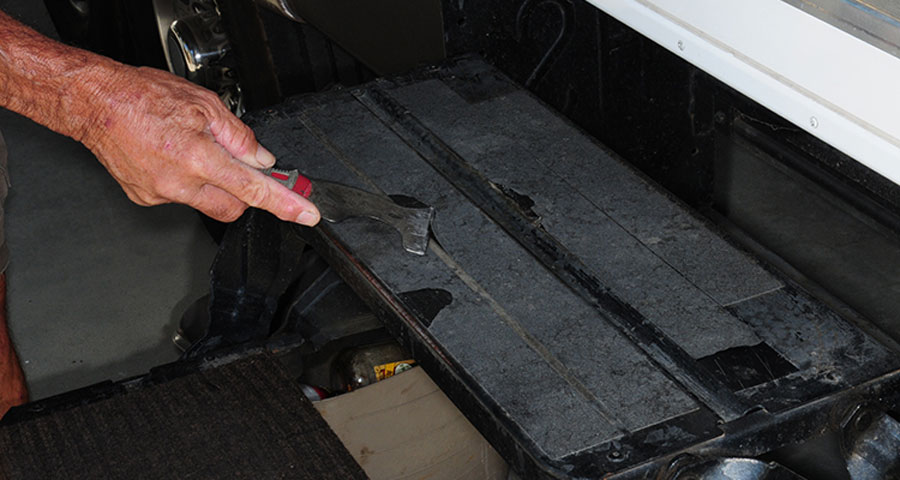
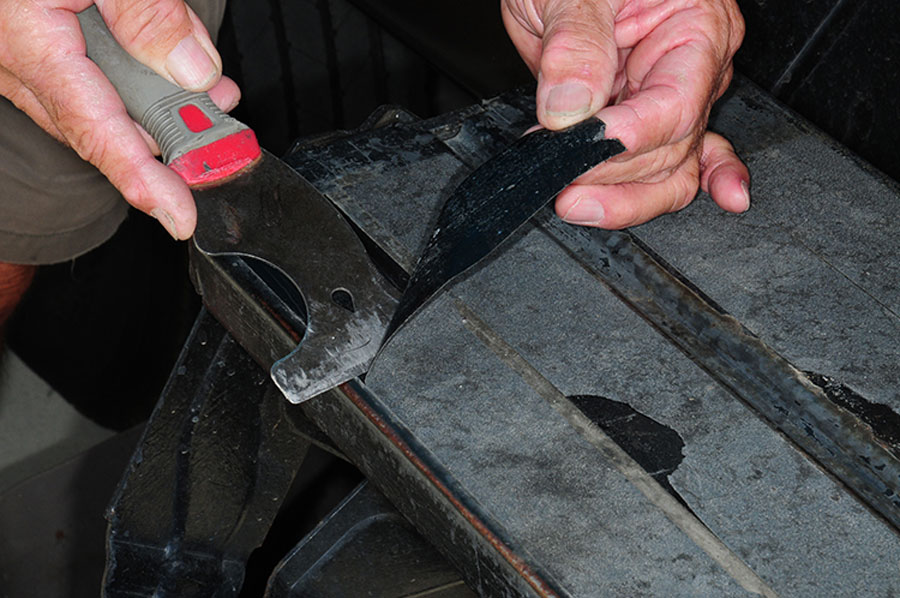
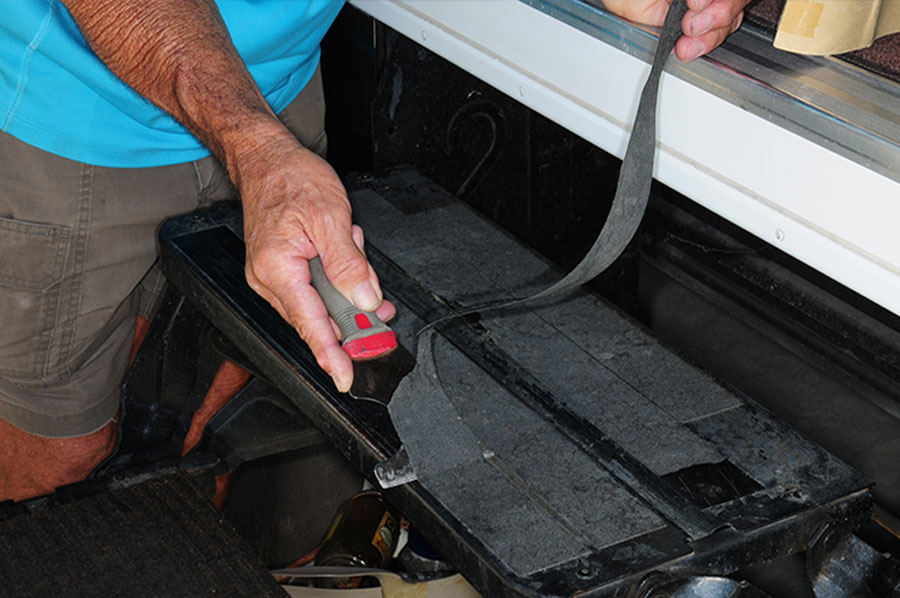
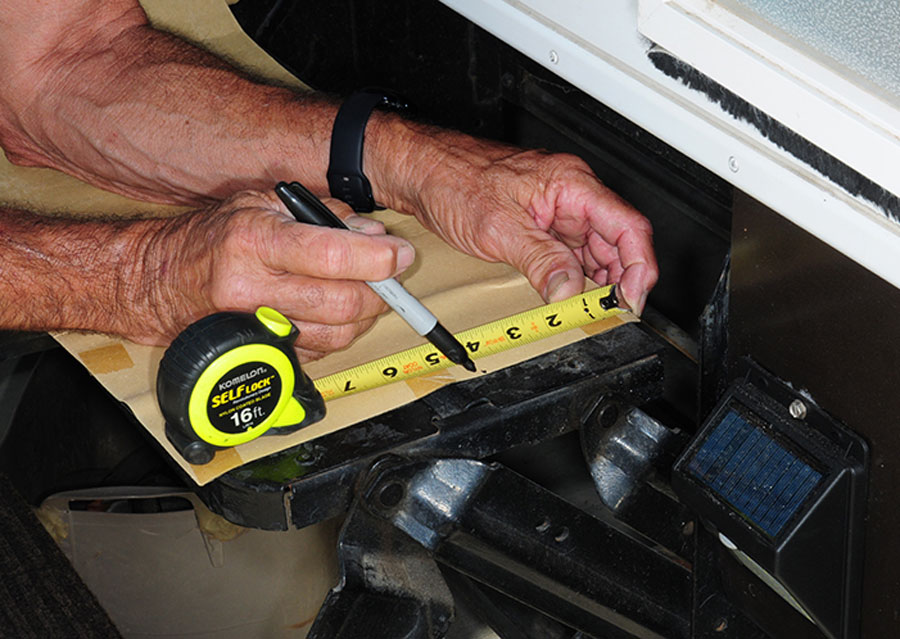
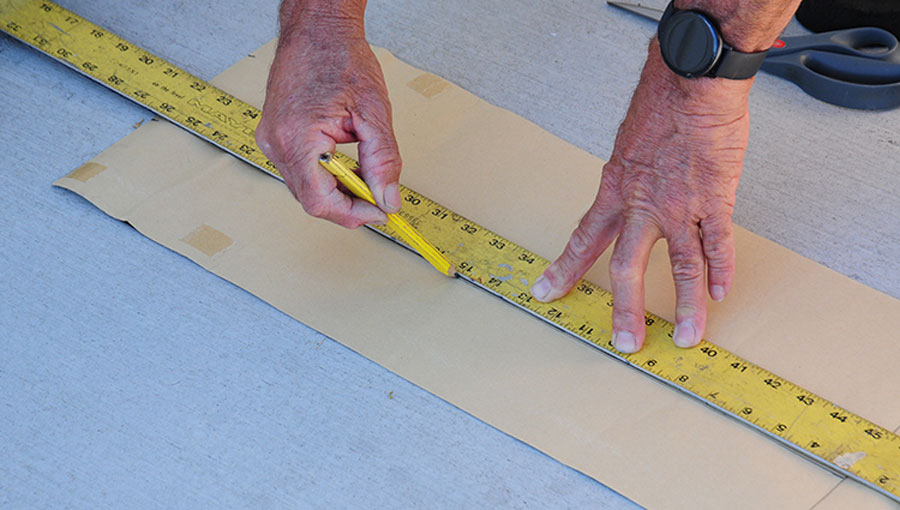
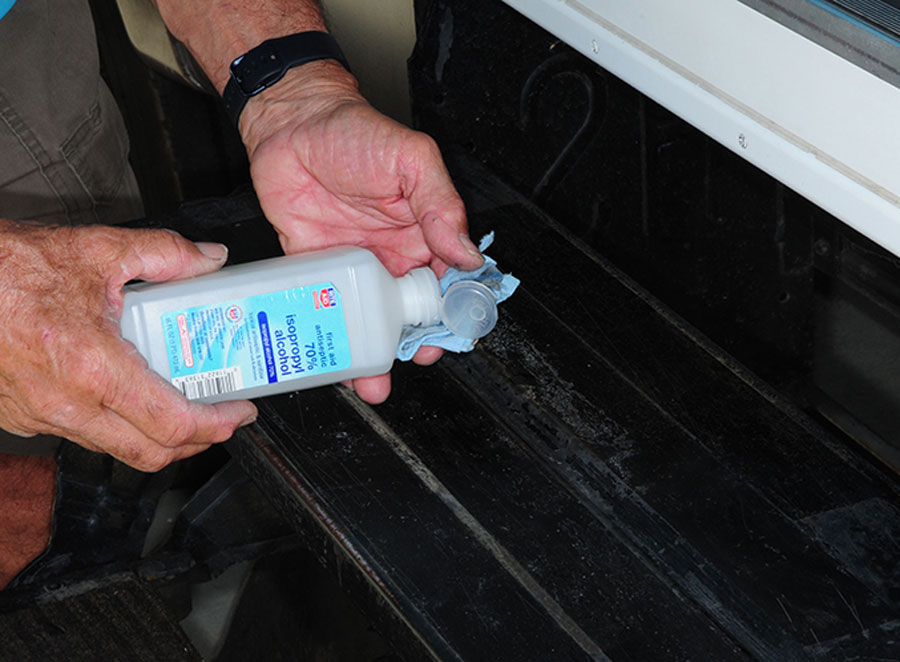
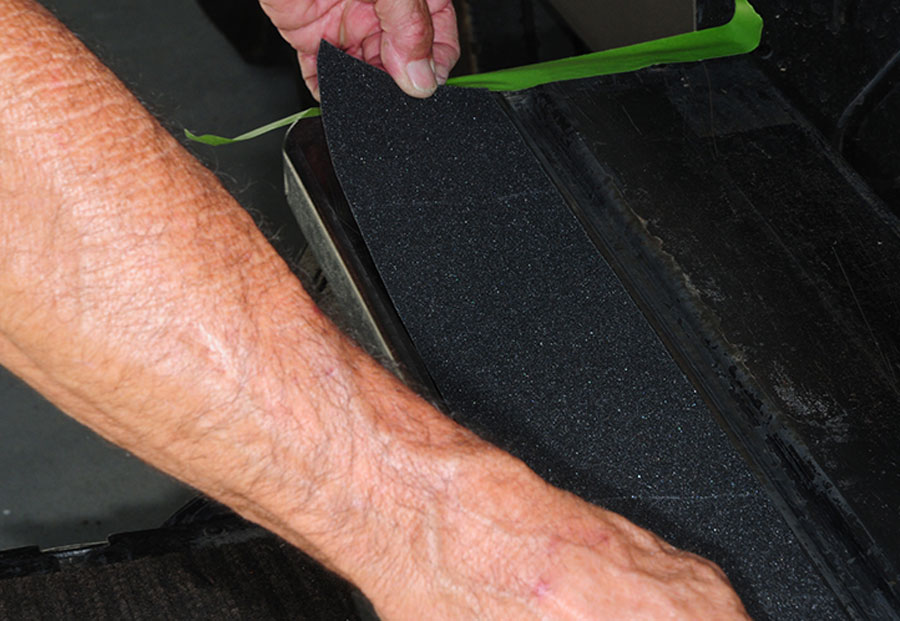
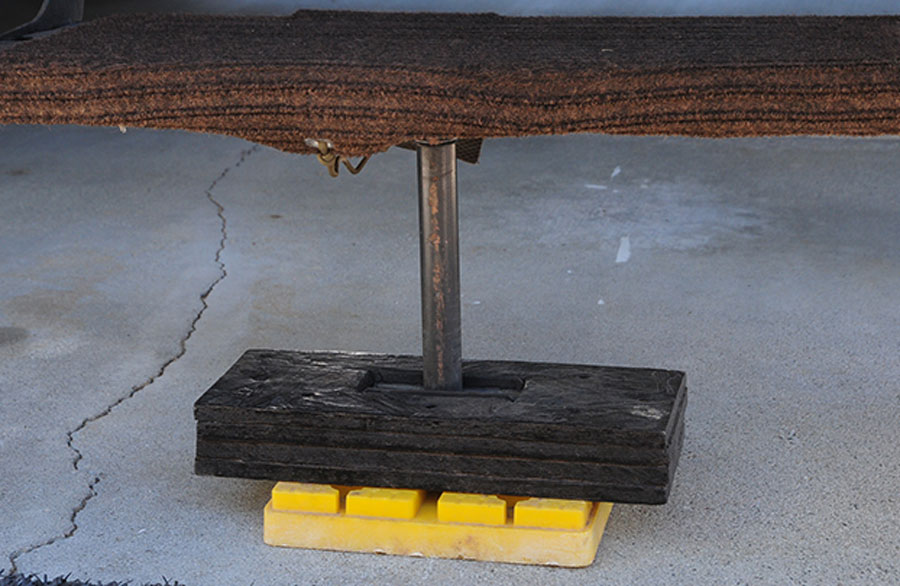
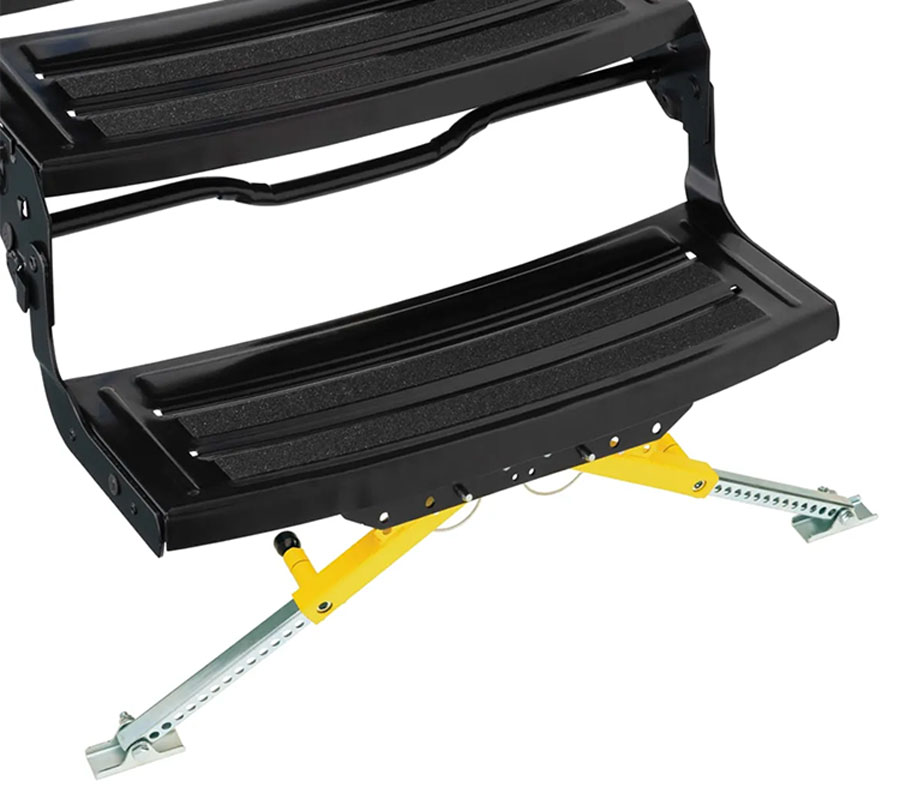
Already a Subscriber? Click here for Access to the Full Issues.

